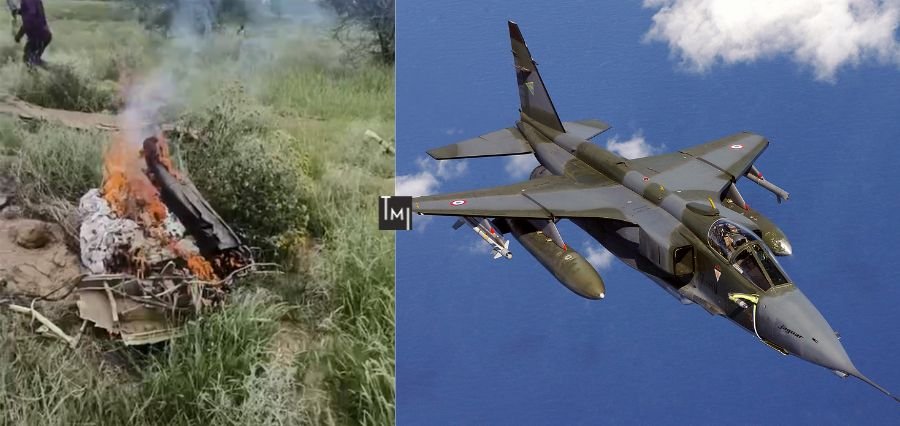Prime Highlights
- An Indian Air Force Jaguar trainer aircraft crashed in Rajasthan’s Churu district during a routine training sorties.
- Two pilots, who were aboard, were killed; court of inquiry into the crash has been initiated.
Key Facts
- The plane was on a low-level sortie from Suratgarh and crashed near Bhanoda village.
- Pilots killed: Squadron Leader Lokender Singh Sindhu (31) and Flight Lieutenant Rishi Raj Singh (23).
Key Background
On 9 July, an Indian Air Force twin- machine Jaguar coach spurt aeroplane , which was on a normal low- position training charge, crashed in Rajasthan’s Churu quarter. The aircraft was on a takeoff from the Suratgarh airbase and crashed at 1230 PM near vill Bhanoda. The two flight crew on board the aeroplane failed. The aircraft was airborne and lost its direction before it crashed, original reports claim. There was no injury to civilians or property observed on the ground.
The two pilots killed in the crash are Squadron Leader Lokender Singh Sindhu, aged 31 from Rohtak, and Flight Lieutenant Rishi Raj Singh, aged 23 from Pali. Locals and IAF authorities later cordoned off the site where the plane crashed and an inquiry has been initiated to find out why the accident had taken place. The accident reminded India of its outdated Jaguar fleet.
It’s the third 2025 Jaguar jet crash, and it’s spawning concerns that the old airframes and technology are being flown past shelf life. The previous crashes have been caused by engine failure and the lack of modern safety features. One of the main inadequacies of the Jaguar fleet is the lack of an automatic ejection system, particularly on missions at low levels where the pilots have a fraction of a second to act. It was therefore assumed by the experts that the pilots simply could not have ejected in time.
The Jaguar jets, commissioned in the 1980s, have remained deep-penetration strike aircraft for five decades. While the avionics were upgraded by the IAF in the DARIN-III programme, the airframes and engines remain unchanged. Phasing out in the 2030s is being talked about now, and this accident reinforces strong arguments to proceed with newer alternatives like the HAL Tejas Mk1A and AMCA to avoid aircrew life loss as well as mission capability loss.







